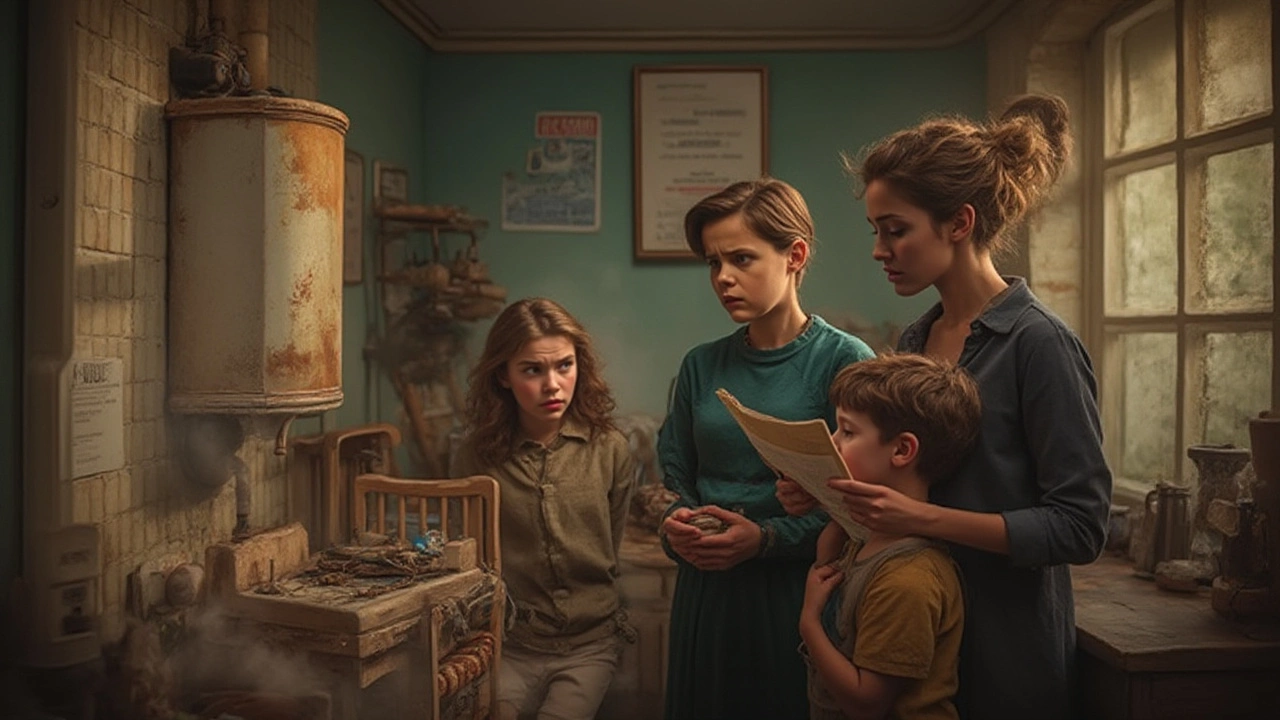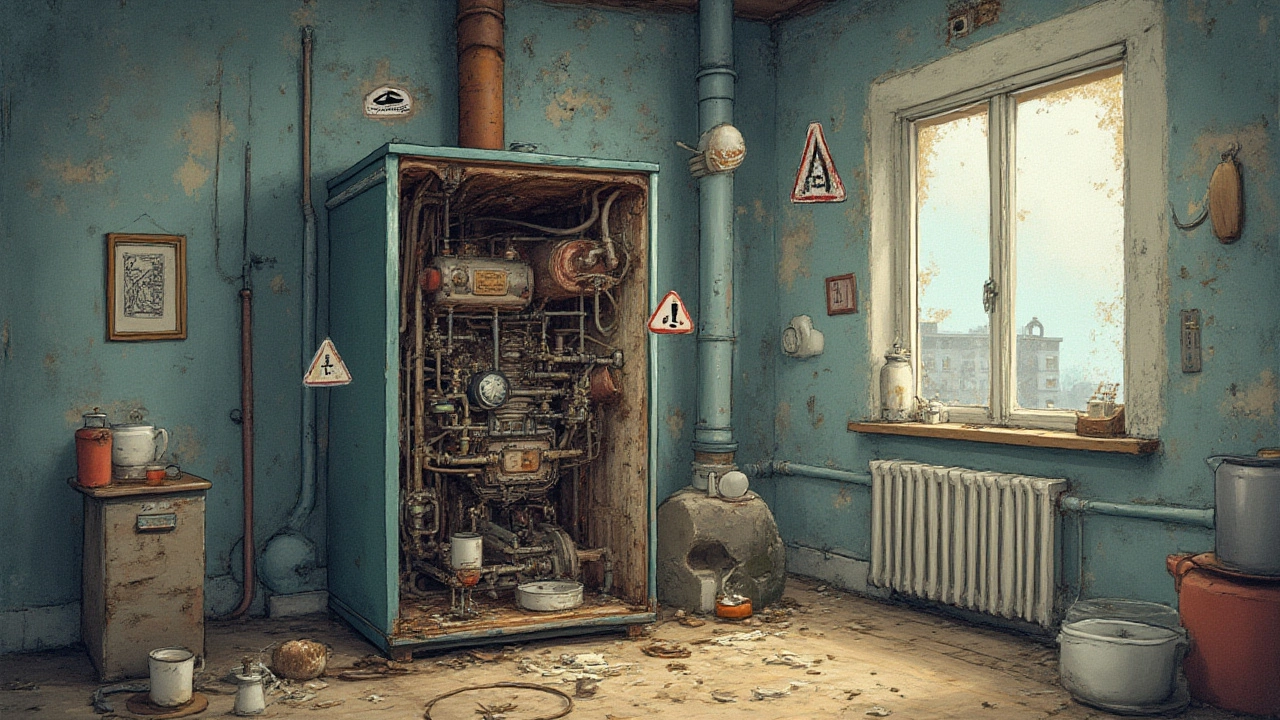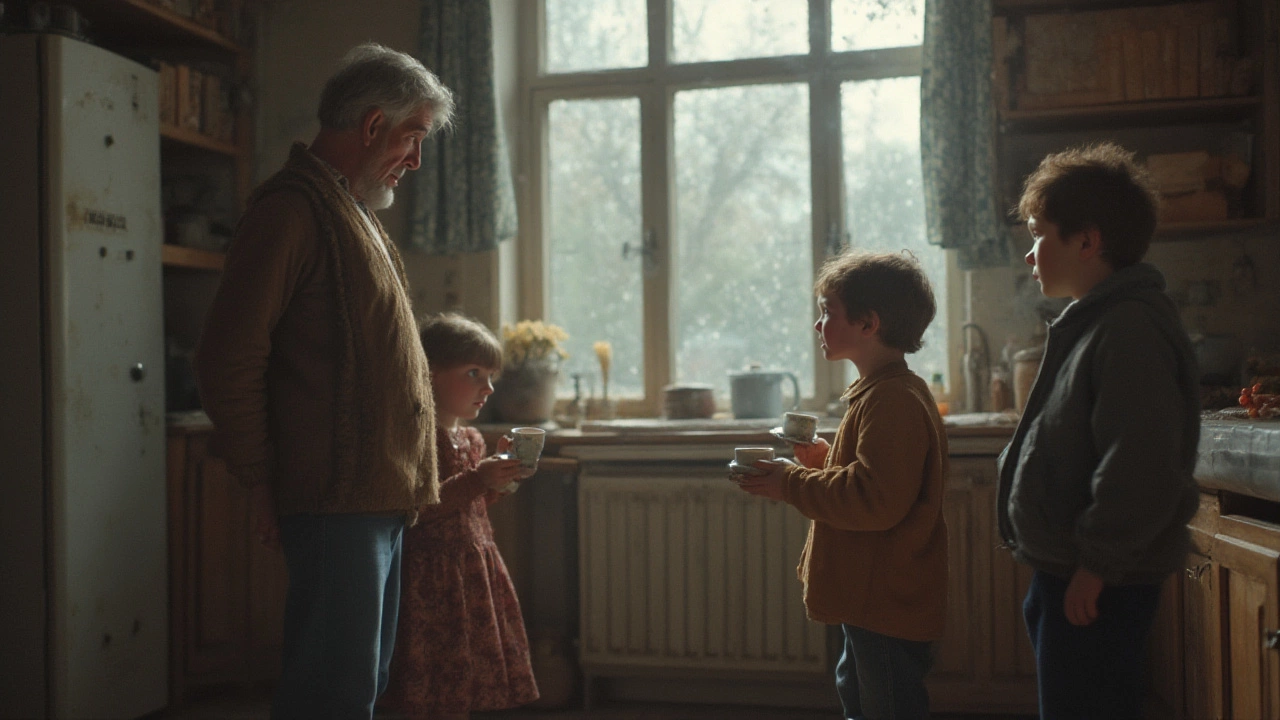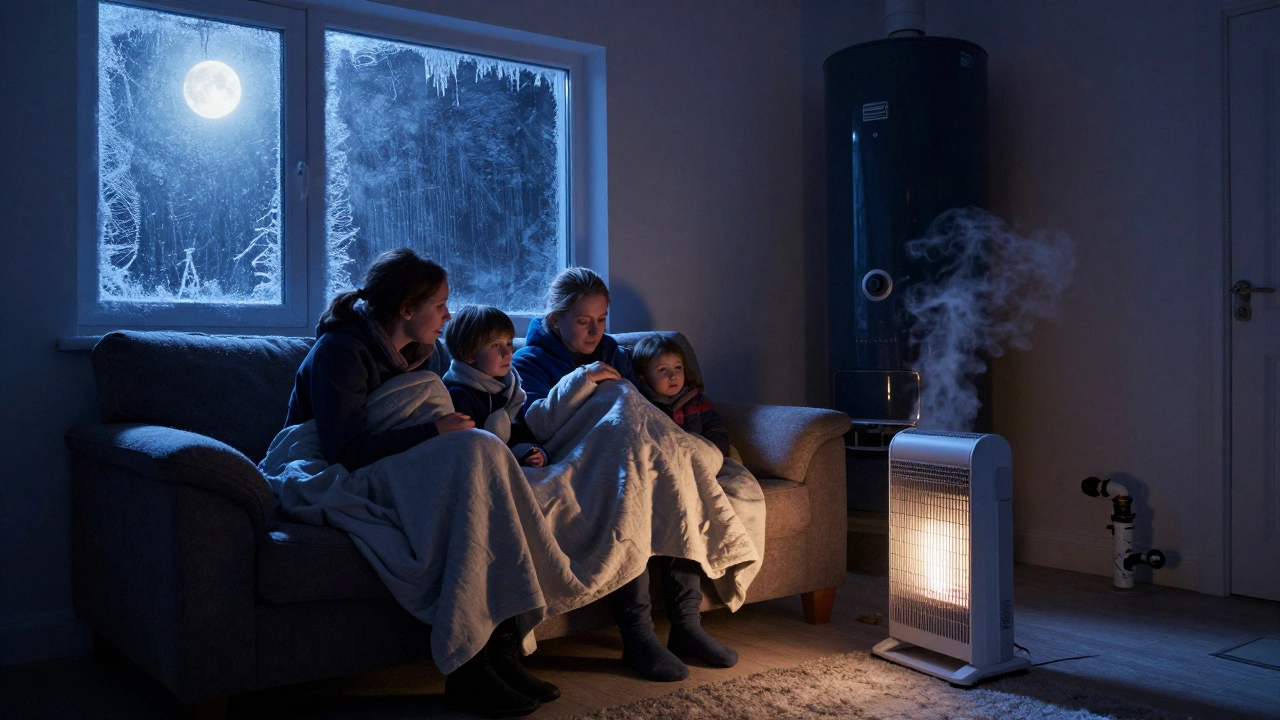
- 19 Jul 2025
- Gideon Thornton
- 0
Picture this: you’re sipping coffee, the weather outside is doing its best impression of a meat locker, and the only thing standing between you and a shivering disaster is a boiler that predates the internet. Does that make you feel warm inside—or suddenly nervous? The truth is, boilers have always been the sturdy workhorses of our homes, but when they hit the 40-year mark, things get complicated. Safety isn’t just about whether the heat comes on. It’s about the air you breathe and the water you trust. So, let's peel back the cover on your old clanking buddy and talk facts.
How Long Do Boilers Really Last?
Your average modern boiler is supposed to last around 15 to 25 years with regular maintenance. So when you’re dealing with something 40 years old, you’re way past the typical expiry date. These things weren’t designed to be immortal. Even top-tier boilers begin to suffer from metal fatigue, rust, and downright ancient components as decades stack up. There's research from the Building Services Research and Information Association (BSRIA) that pegs the typical lifespan right at about 22 years for a gas boiler before reliability and safety start nose-diving. Some old models do keep chugging along, but the truth? Every winter survived is a victory against the odds.
Old boilers often use technology that would make a modern engineer cringe. Most likely, they predate basic safety features, like automatic flame failure devices or sealed combustion chambers, that are now standard in UK and US codes. To make things even riskier, manufacturers stopped making replacement parts for most models after 20 years—or less. If your unit is pushing 40, every worn gasket or dodgy pilot light is a potential fatal flaw, ignored because the part simply isn’t available anymore.
Here’s a handy comparison table:
| Boiler Age | Expected Lifespan | Common Issues | Replacement Parts? |
|---|---|---|---|
| 5-10 years | Excellent | Minor wear | Readily Available |
| 15-20 years | Acceptable | Increased breakdowns | Available but less common |
| 30-40 years | Critical | Severe corrosion, leaks | Usually discontinued |
And while we’re talking numbers, a recent Residential Energy Consumption Survey in the US found less than 3% of all boilers in use are over 40 years old. There’s a reason for that. Engineers, insurers, and gas companies consider them rare survivors, not trusty household appliances. Basically, you’re relying on something nobody expects to still be on duty.
Hidden Risks in a 40 Year Old Boiler
Now things get really serious. The big elephant in the boiler room isn’t just reliability. It’s safety—and with a 40 year old boiler, you’re rolling dice with your health.
- Carbon monoxide leaks: Older boilers lack sealed combustion chambers or modern gas control valves. Over time, rust and cracks in the heat exchanger let dangerous gases slip out. Most tragic boiler-related accidents have a direct link to ancient, poorly-maintained units.
- Gas leaks: Seals, pipework, and joints eventually corrode. Older solder joints lose their grip. A tiny leak isn’t just a fire hazard; it can turn the whole house into a bomb. Modern boilers have sensors and fail-safes—old ones? Not so much.
- Explosions and scalds: This sounds dramatic, but it’s not rare. Pressure relief valves seize up after decades of inactivity. Water temperature controls fail. One sudden spike and you could have tanks or pipes bursting, flooding rooms, or risking severe burns.
- Legionella risk: Limescale crust, tepid tanks, and stagnant water in old systems make for a perfect breeding ground for bacteria, especially Legionella, which can cause deadly pneumonia.
- Fire hazard: Wiring insulation isn’t ageless. In the 1980s, plastic sheaths literally crack after a few decades, meaning shorts and fires. Insulation on circuit boards gets brittle, which is a risk for a meltdown—literally.
What makes this really nerve-wracking? You rarely get a warning. Carbon monoxide is colorless and odorless. Leaks sometimes make no sound, especially in buried or hidden pipes. If your boiler has been chugging away untouched for decades, it’s a lottery ticket you don’t want to scratch.
Worried about insurance? As of 2025, nearly all UK and US home insurance companies either refuse to cover damage caused by boilers older than 25 years or charge a premium. And landlords in the UK specifically must have annual Gas Safety certificates—old boilers fail these more often than not.

When Should You Replace an Old Boiler?
If you’re still hanging onto your 40 year old unit, you probably have your reasons. Maybe it’s sentimental, maybe it’s sunk-cost fallacy, or maybe you’re watching the budget. But let’s be brutally honest: at 40 years, your boiler is past its best-before date. Here’s a practical checklist to see if it’s time to wave goodbye:
- Frequent breakdowns (more than twice a year)
- Water leaks, even small ones
- No longer heats your home or water effectively (notice cold spots or lukewarm taps)
- Visible rust or corrosion, especially around pipe joints and the body
- Unusual noises—clanging, banging, whistling
- Pilot light turns yellow instead of blue (classic warning sign of incomplete combustion)
- No records of professional servicing in the last 12 months
- Inability to find genuine replacement parts
Experts recommend you arrange for a Gas Safe registered engineer (or licensed HVAC tech in the US) to do a full inspection at least every 12 months. If the pro starts shaking their head halfway through the visit, that’s your cue.
And here’s a number that should stop you in your tracks: boiler efficiency drops to as low as 60% or less after 25 years. That means nearly half your energy budget is going up in smoke. A modern condensing boiler offers 90-95% efficiency. You could save hundreds on bills, while also cutting your carbon footprint—and dodging accidental poisoning.
How to Stay Safe with an Old Boiler
Let’s say you’re not ready to give up on your loyal old boiler just yet. Maybe you’re saving for a replacement, or you simply want to wring out one more winter. Safety should be priority number one. Here’s what you absolutely need to do:
- Install Carbon Monoxide Detectors: Put one in every room with a gas appliance—boiler, stove, heater. Test them every month and change the batteries twice a year.
- Book a Professional Service: Hire an engineer to check for gas leaks, faulty heat exchangers, damaged seals, and blocked vents. Ask for combustion analysis and efficiency readings.
- Look (and smell) for Issues: Check for yellow flames, visible soot, weird smells, condensation on windows, and new or increased noises each time you fire up the heating.
- Check Pressure and Relief Valves: These should move freely and release water if the pressure gets too high. Blocked or seized valves are risky.
- Flush the System: Sludge and limescale build up over time. Power-flushing keeps pipes clear and reduces strain—and lowers risk of overheating or explosion.
- Keep Documentation: Make sure you have all past service and repair records ready. Future engineers will thank you, and this helps for insurance.
- Consider Upgrading: Look at government boiler scrappage schemes, low-interest energy-efficiency loans, or rebates from local energy providers. The upfront cost may sting, but long-term savings on bills and peace of mind are worth it.
Stuck with a unique or retro boiler that “just works”? Contact the manufacturer—if they still exist. Some legacy brands keep a support line for rare old models and might recommend a specialist engineer or parts supplier. Do this before you face a crisis during the next blizzard.
The bottom line: A 40-year-old boiler is running on borrowed time. It might still heat your home, but it comes packed with silent risks. Don’t play the odds with your safety or your family’s health. Take action, weigh up the cost of replacement, and keep that old warrior checked, double-checked, and always respected.



